Git and GitHub Beginners Guide: Powerful Version Control Toolkit
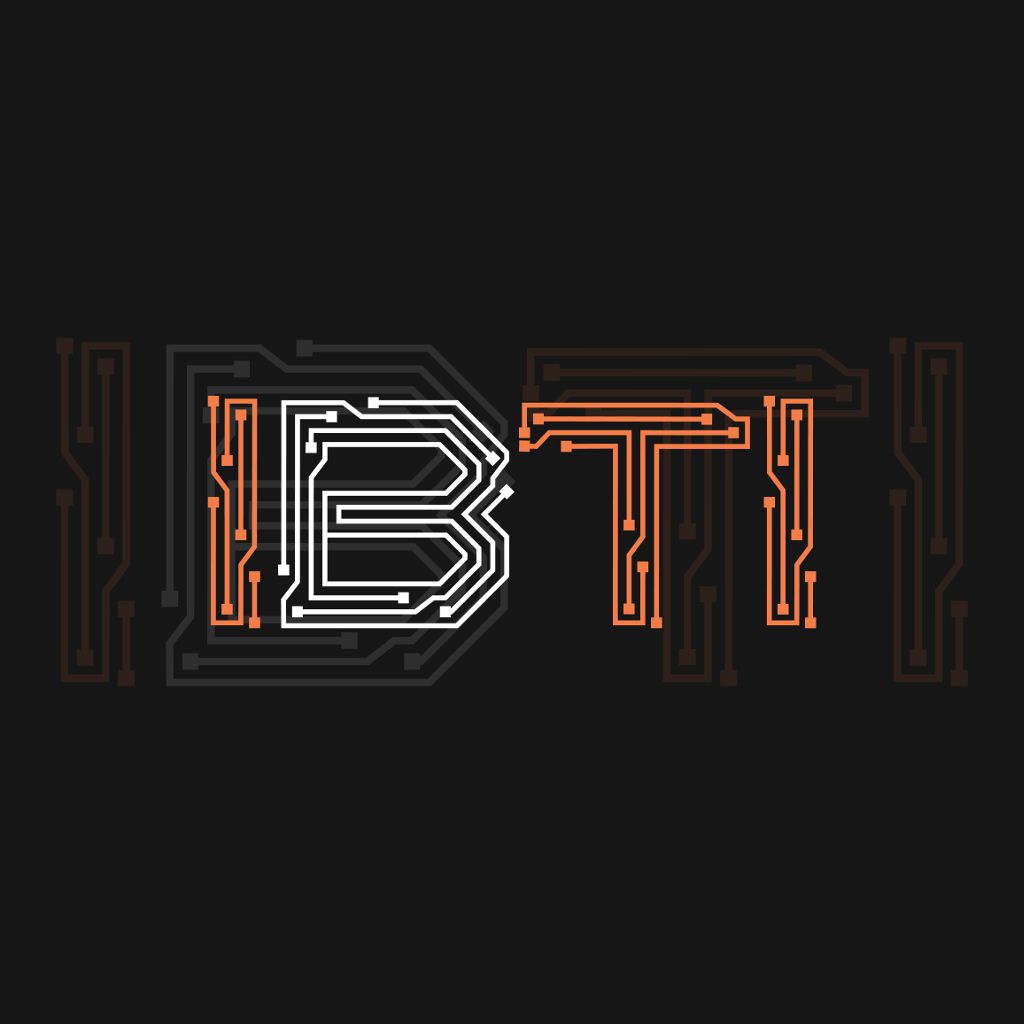 Marketing IBTI#Marketing IBTI
Marketing IBTI#Marketing IBTIEver wondered how software teams magically collaborate and build amazing things, even when they’re miles apart? It might be GitHub.
At IBTI, we’re all about making technology work for you, and GitHub is a tool we love. It’s like a superpower for developers, letting them track changes, share code, and work together seamlessly. But if you’re new to the programming scene, GitHub can seem like a bit of a mystery.
Well, fear not! In this blog, we’ll break down Git and GitHub, their benefits, and how they work. So, let’s get started!
What is Git?
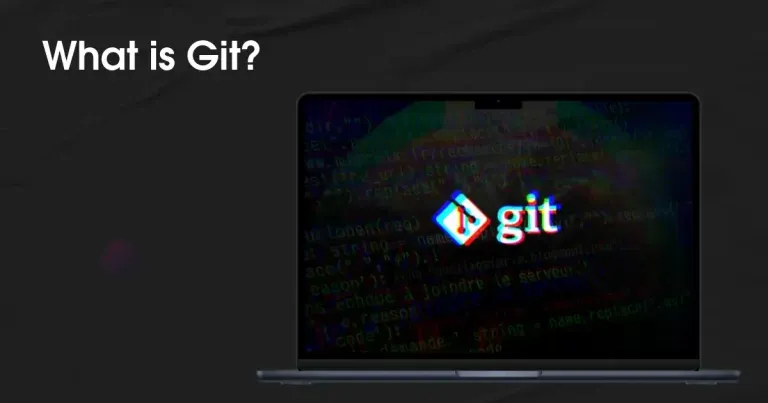
In the coding and software development world, Git is like the superhero that keeps everything in check. It’s a version control system, which might sound a bit technical, but let’s break it down.
Imagine you’re working on a big project with a team. Everyone is writing code, making changes, fixing bugs, and adding new features. Now, here’s the catch: What if someone messes up something? Or what if you want to return to how things were a few days ago because everything was working just fine? Enter Git.
Git is like a time-travel machine for your code. It allows you to keep track of all the changes made to your project over time. Whenever someone adds a new piece of code or fixes something, Git takes a snapshot of the entire project. This snapshot is called a “commit”.
What is GitHub?
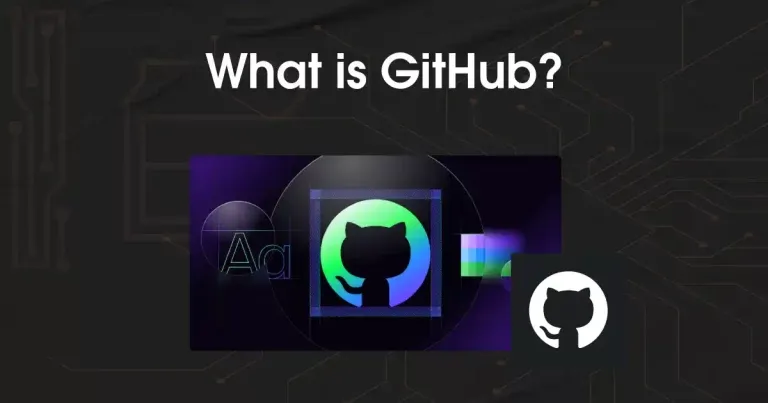
Ever wondered where programmers hang out online? Well, chances are, they’re on GitHub! But what exactly is this mythical “GitHub” everyone whispers about?
In a nutshell, GitHub is a super-safe online home for your projects. It’s a cloud-based platform where developers can store, track, and share their code with the world. It’s like a virtual playground where you can experiment, build, and collaborate on software projects.
You can upload your project files, track every change you make, and even rewind time to an earlier version if needed. No more losing precious code to accidental deletions!
But GitHub isn’t just a storage locker. It’s also a collaboration hub. Imagine working on a project with friends across the globe. With GitHub, everyone can access the same codebase, work on different parts simultaneously, and easily merge their changes into one seamless masterpiece. No more emailing code back and forth, hoping nothing gets lost in translation!
And the best part? GitHub is free for basic use. So, whether you’re a seasoned programmer or a curious beginner, you can jump in and start exploring the world of code collaboration.
What Is The Benefit Of Using Git In Your Project?
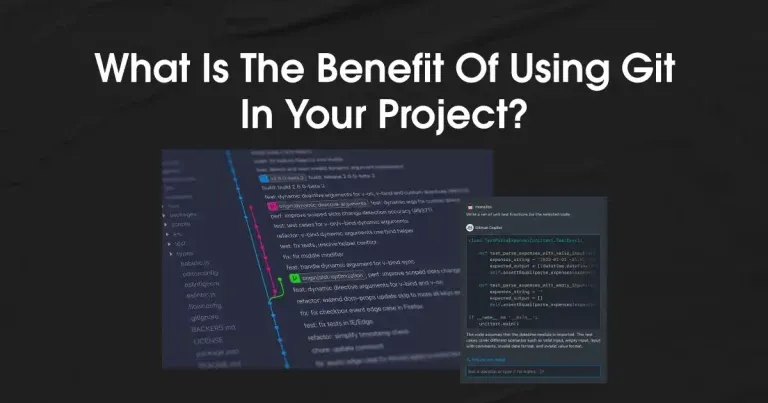
Alright, let’s talk about the practical side of things. Why bother with Git in the first place? What benefits does it bring to your coding adventures?
Version Control
Git is like a time-travel wizard for your project. Every time you make a change, Git takes a snapshot. If something goes wrong or you want to revert to a previous version, Git’s got your back. It’s like having an undo button for your code.
Team Collaboration Made Easy
Working with a team of superheroes? Git is your collaboration sidekick. It allows multiple people to work on the same project simultaneously without stepping on each other’s toes. No more chaos – just smooth collaboration.
Branching Without Breaking
Imagine writing a story with multiple plot twists. Git’s branching feature lets you experiment with new ideas in a separate space (branch) without affecting the main storyline. It’s like having parallel universes for your code.
Undo Mistakes Like It’s No Big Deal
Ever deleted a crucial file or messed up your code? With Git, mistakes are just bumps in the road, not dead ends. You can easily roll back to a previous state and keep moving forward. No more sweating over accidental slip-ups.
Traceability and Accountability
Git gives your project a detailed history. Who did what and when? It’s all there. This traceability is like having a detective’s log for your code, making it easy to understand and track changes over time.
Backup Superpower
Forget about losing your entire project if your computer crashes. Git lets you push your project to platforms like GitHub, acting as a superhero backup. Your code is safe and sound in the cloud.
Open Source Friendship
If you’re into sharing your superhero code with the world, Git makes it simple. Platforms like GitHub allow you to showcase your projects, collaborate with others, and contribute to the vast open-source community.
Effortless Code Reviews
With Git, reviewing code changes becomes a breeze. Pull requests on platforms like GitHub provide a space for discussion feedback and ensure that only the best code makes its way into the main project.
Streamlined Deployment
When it’s time to share your superhero creation with the world, Git helps with streamlined deployment. You can easily push your project’s latest, stable version to servers, making updates smooth and efficient.
How Does Git Work?
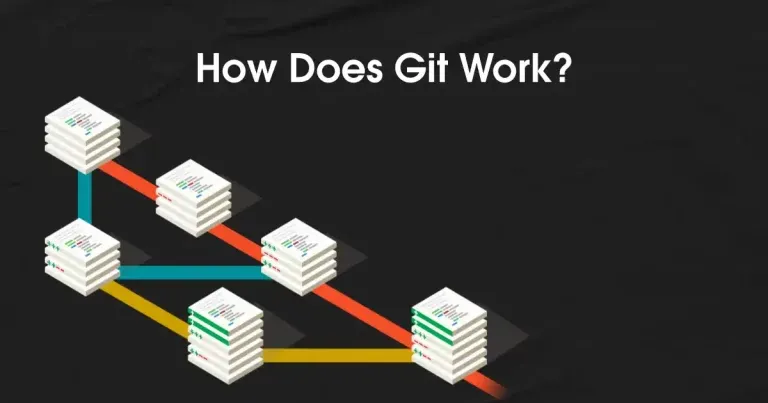
Imagine your code project as a document. You keep making changes, adding new features, and fixing bugs. But what if you want to go back to an earlier version? Or collaborate with others on the same document? That’s where Git comes in.
Here’s how Git works–
Snapshots
Git records the state of your project by taking snapshots or commits at various stages. Each commit encapsulates the entire project at a specific point, preserving changes.
Repository
All these snapshots are stored in a repository, serving as an organized history of your project.
Branching
Git introduces branching, allowing you to diverge from the main project path and work on separate features or fixes. Once satisfied, branches can be seamlessly merged back into the main project.
Commits
A commit is more than a snapshot; it’s a detailed record of changes made. It includes information on what was added, modified, or deleted, clarifying project evolution.
Staging Area
Changes are added to a staging area before committing, allowing you to choose which modifications to include.
Remote Repositories
Git seamlessly collaborates with remote repositories, like GitHub, facilitating teamwork.
Pull Requests
Collaboration is streamlined with pull requests. Developers propose changes, enabling discussions and reviews before merging alterations into the main project. It’s an effective way to maintain code quality.
Merge Conflicts
Git handles conflicts gracefully. When changes from different sources overlap, Git flags a conflict. Resolving conflicts involves deciding how to reconcile these overlapping modifications.
Distributed Nature
Git’s distributed architecture ensures that every developer has a complete copy of the project. This decentralization promotes flexibility and autonomy, reducing dependencies on a central server.
Git might seem complex initially, but it’s about capturing and sharing changes effectively.
Getting Started with Git and GitHub
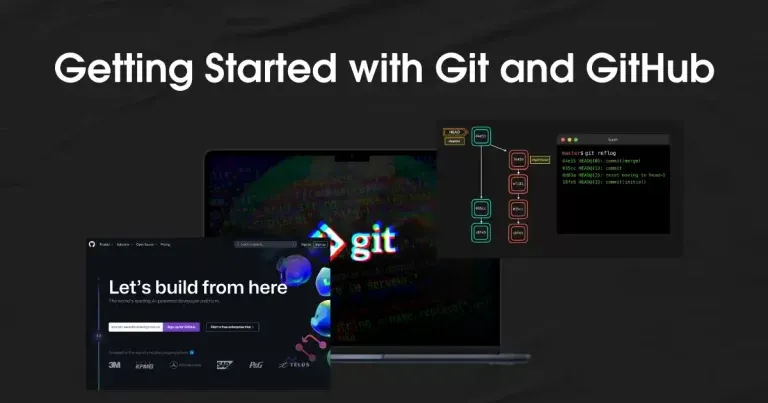
Now that we know Git is like the trusty sidekick for managing code versions, let’s dive into how you can get started with Git and its cool partner, GitHub.
Installing Git
Begin by installing Git on your machine. Visit the official Git website and follow the installation instructions for your operating system. This sets the stage for version control in your local environment.
Configure Git
git config --global user.name "Your Name"
git config --global user.email "your.email@example.com"Once installed, configure Git with your name and email. Open your command line or terminal and input:
Initialize a Git Repository
Navigate to the project folder using the command line or terminal and initiate a Git repository–
git initCongratulations, you’ve just initialized version control for your project.
Make Changes and Commit
Start coding or make changes to your project files. Once you’re ready to save your work, follow these steps–
git add .
git commit -m "Your descriptive commit message"The ‘git add’ command stages your changes, and the ‘git commit’ captures the snapshot. The message after ‘-m’ is like a short note describing what you did.
Create a GitHub Account
Head over to GitHub and sign up for an account. This is your collaborative hub for hosting Git repositories.
Create a GitHub Repository
On GitHub, click the ‘+’ icon in the top right corner and select “New Repository.” Follow the prompts to create a new repository. Once done, you’ll have an online space to sync your local project.
Connect Local and Remote Repositories
Link your local Git repository with the one on GitHub. Use the following commands, replacing ‘<repository-url>’ with your GitHub repository URL–
git remote add origin <repository-url>
git branch -M main
git push -u origin mainCollaborate with Pull Requests
If working with a team, embrace pull requests on GitHub. Create a new branch, make changes, push them to GitHub, and initiate a pull request for code review and integration.
Explore Git Commands
Familiarize yourself with essential Git commands like ‘git pull’, ‘git fetch’, and ‘git merge’ to manage changes efficiently.
And there you have it – a pragmatic guide to kick off your Git and GitHub journey. This foundation sets the stage for organized version control and seamless collaboration.
How Git Can Benefit the Organization?
Git isn’t just a handy tool for individual developers; it substantially benefits the entire organizational landscape. Here’s a look at how Git can be a game-changer for companies–
Efficient Collaboration
Git’s branching and merging capabilities facilitate parallel development. Multiple teams or individuals can work on different aspects simultaneously, streamlining collaboration without stepping on each other’s toes.
Code Quality Assurance
With pull requests, Git provides a structured process for reviewing and discussing code changes before integration. This ensures that only well-vetted code makes its way into the main project, maintaining overall code quality.
Traceability and Accountability
Git’s commit history acts as a detailed logbook. It tracks who made what changes and when and provides a clear trail of accountability. This traceability is valuable for debugging, auditing, and understanding the project’s evolution.
Flexible Experimentation
The ability to create branches in Git allows developers to experiment with new features or improvements without affecting the main codebase. This flexibility fosters innovation and reduces the fear of breaking things.
Streamlined Release Management
Git supports different branching strategies, enabling organizations to adopt workflows like Gitflow or GitHub flow. These strategies facilitate smooth release management, making maintaining stable versions and implementing new features easier.
Continuous Integration and Deployment
Git integrates seamlessly with CI/CD (Continuous Integration/Continuous Deployment) pipelines. Automated testing and deployment processes become more manageable, ensuring that changes are thoroughly tested before reaching production.
Remote Collaboration
Git’s distributed nature is a boon for remote teams. Developers can work on their local copies and push changes to shared repositories, fostering collaboration even when team members are geographically dispersed.
Disaster Recovery
Git acts as a safety net for your codebase. By pushing changes to remote repositories like GitHub, you create a backup. This ensures the project can be recovered from a remote repository even if a local machine crashes or data is lost.
Open Source Engagement
Organizations can leverage Git to contribute to open-source projects or share their code with the community. This not only fosters a sense of social responsibility but also allows the organization to benefit from the collective knowledge of the open-source community.
Advanced Git Techniques
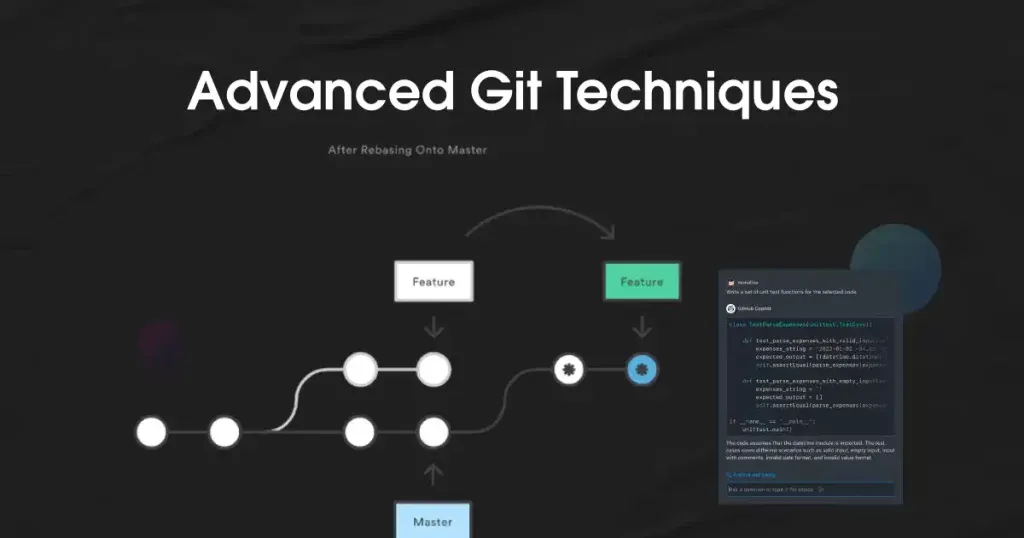
As you progress in your Git journey, exploring advanced techniques can significantly enhance your version control prowess. Let’s delve into some sophisticated practices that go beyond the basics–
Advanced Branching
Feature branches
Create dedicated branches for specific features or tasks. This keeps the main branch clean while allowing developers to work independently on different aspects.
git checkout -b feature/new-featureRelease branches
Prepare for a stable release by using release branches. It’s a snapshot of the main branch, allowing bug fixes while it advances with new features.
git checkout -b release/version-1.0Git Hooks
Pre-commit hooks
Execute actions before a commit is made. This could include code linting, formatting checks, or any custom validations.
# Add this script to .git/hooks/pre-commit
# !/bin/bash
echo "Running pre-commit checks..."
# Your pre-commit actions herePost-commit hooks
Trigger actions after a commit. This might involve sending notifications, updating documentation, or initiating automated testing.
# Add this script to .git/hooks/post-commit
# !/bin/bash
echo "Post-commit actions..."
# Your pre-commit actions hereInteractive Rebase
Squashing commits
Combine multiple commits into a single, more coherent commit. This helps maintain a cleaner commit history.
git rebase -i HEAD~3Rearranging commits
Change the order of commits during a rebase. This allows for a more logical and organized commit history.
git rebase -i HEAD~3Git Workflows
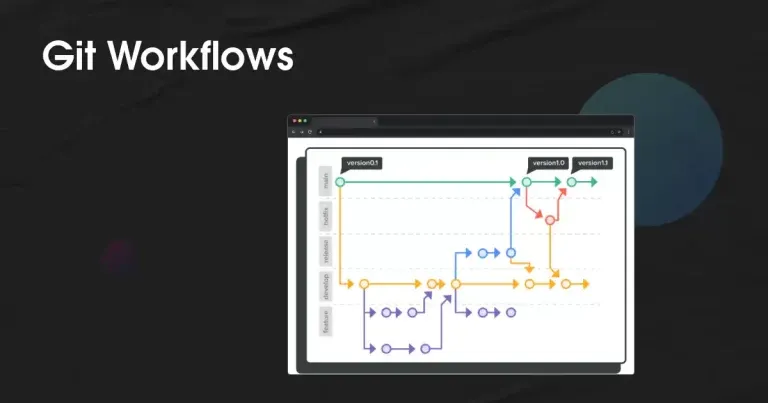
Gitflow
Adopting Gitflow involves using different branches for features, releases, and hotfixes. It provides a structured approach to managing the software development life cycle.
git flow feature start new-featureGitHub flow
A simpler workflow focused on continuous delivery. After review, developers create feature branches, open pull requests for discussion, and merge them into the main branch.
git checkout -b feature/new-feature
git push origin feature/new-featureBest Practices for Effective Collaboration
Branching Strategies
Choosing the right strategy for the project
Assess the scale and complexity of your project when selecting a branching strategy. For smaller projects, a simplified approach might suffice, while larger projects could benefit from more intricate strategies to manage concurrent work effectively.
Gitflow vs. GitHub flow
Consider the pros and cons of Gitflow and GitHub Flow. Gitflow offers a structured framework suitable for projects with well-defined releases. On the other hand, GitHub Flow, with its emphasis on continuous delivery, might be more suitable for projects requiring frequent updates.
Commit Messages
Writing descriptive commit messages
Crafts commit messages that tell a concise story of the changes made. Communicate the purpose and impact of each commit to facilitate understanding and maintainability.
Conventions for clear communication
Establish commit message conventions within your team. Consistent formatting and categorization contribute to an organized version history. Consider adopting a convention that denotes the type of change (feature, bug fix, documentation) for clarity.
Code Reviews
Importance of code reviews
Acknowledge the vital role of code reviews in maintaining code quality. Code reviews serve as a mechanism for knowledge sharing, bug identification, and ensuring adherence to coding standards. Recognize them as a valuable step in the development lifecycle.
Conducting effective code reviews
Approach code reviews with a thorough yet constructive mindset. Evaluate the logic, readability, and conformity to coding standards. Use comments to provide clear feedback and encourage collaborative discussions. Effective code reviews foster a culture of continuous improvement.
Conclusion
So, there you have it all about Git and GitHub and how they work. Now, it’s your turn to dive in and see for yourself!
Remember, the coding journey is about learning, growing, and building amazing things. With GitHub by your side, you’ve got everything you need to reach your coding goals, one line of code at a time.
And if you ever get stuck, don’t hesitate to drop a comment below!
FAQ
Is GitHub good for beginners?
Of course! GitHub is a fantastic platform for beginners to learn and grow.
Is GitHub free or paid?
GitHub offers both free and paid plans to the users. It has a free tier with unlimited public repositories and up to 3 private repositories. Paid plans unlock more features, but the free tier is perfect for beginners and casual users.
Can I use Git without GitHub?
Yes, you can use Git independently without relying on GitHub or any other remote repository hosting service.
Which is Better Git or GitHub?
Git is a version control system, and GitHub is a platform for hosting Git repositories. They serve different roles, and using them together in software development is common.

Marketing IBTI
#Marketing IBTI🇧🇷 Português
A IBTI é uma empresa de tecnologia com mais de 12 anos de experiência em desenvolvimento de sistemas, apps e soluções sob demanda. Atuamos no Brasil e no exterior com foco em qualidade, inovação e eficiência.
🇺🇸 English
IBTI is a tech company with over 12 years of experience developing custom software, apps, and IT-as-a-service solutions. We serve clients in Brazil and abroad, with a strong focus on quality, innovation, and efficiency.